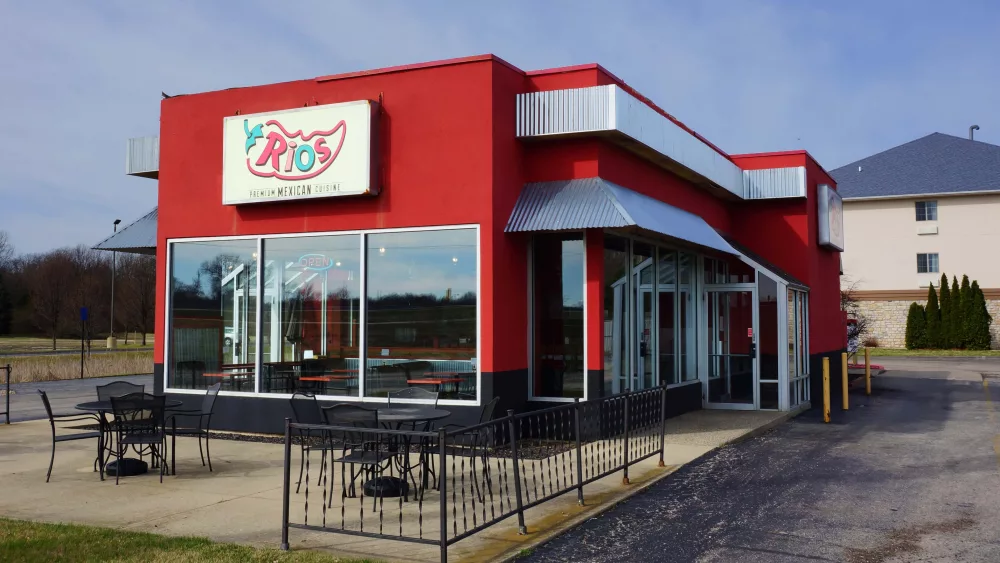Each month MoodyOnTheMarket.com is privileged to get a expert, insider’s view of Current Business Trends from Professor Brian Long at Grand Valley State University. Professor Long is the Director of Supply Chain Management Research. He examines a long list of business and economic trends, analyzes what they mean from a West Michigan perspective and then summarizes where we are at as a region and a nation.
This month, a set of specific West Michigan employment and business statistics were not available to Long for technical/data gathering reasons. So, he has focused on the national picture as the USA continues to emerge from the COVID-19 pandemic and the economic situation it has created. His headlines are bullet-pointed below, followed by his verbatim Summary, for those who want to delve into more detail and the “whys” behind Professor Long’s Key Findings:
— Throughout the U.S., staffing continue to be a major problem for many firms. Obviously, almost every employment category in the entire country is having same problem. In fact, if you look around, the number of businesses posting “help wanted” signs may be at an all-time high.
— Although many of our survey respondents have blamed the current generous unemployment benefits for discouraging some workers from returning to the workforce, the extra $300 per month offered by the feds ends in September. Chances are that this will help bring SOME people back to work, but it won’t solve the problem.
— The U.S. “headline” employment rate for July came in at 5.4 %. August unemployment SHOULD fall another notch. However, the September report may come in at 5.0% or even lower. That’s good, but still well above the 3.5% pre-pandemic unemployment.
— The supply chains of the world continue to be disrupted. With the post-covid reopening of world’s supply chains, we had hope that we would soon return to some degree of normality by now. No such luck. I have no prediction regarding how much longer it will take.
— After 25-30 years of the religion of JIT (Just In Time), many firms are again beginning to build larger and larger inventories. Three reasons: (1) Rising prices, (2) Threat of availability (even at any price), (3) Threat of an unforeseen supply chain disruption.
— With all the talk about doing everything possible to return to normal, the problem of the customs jam-ups at all of our major ports is still not being addressed by anyone.
— Auto sales continue to fall, largely because of the lack inventory. The chip shortage is still seriously limiting production. Dealer inventories are now near record lows (often one-third normal levels).
— At least for the history of this survey, industrial inflation is at a record high. So far, conventional wisdom says that it is not spilling over to the consumer sector, and that the current round of inflation is “transitory.” I’m not so sure.
— This past spring, speculation in the lumber markets resulted havoc for home construction. Lumber futures rose to about 1670 just three months ago. The proverbial bubble broke, and the futures have now fallen to about 550.
Below, Professor Long digs deeper into these headlines and what they may mean for us in West Michigan in future months:
Summary: A significant number of economists from the Federal
Reserve to many financial institutions are still convinced that the
current round of inflation at both the consumer and industrial
levels is “transitory,” implying that supply and demand will soon
balance AND that the rate of inflation will return to an annual
growth rate of about 2.0 percent sometime in 2022. Indeed, this is
still a possibility. Much of the current inflation boom has been
triggered by pent-up demand and several trillion dollars of stimulus
money, some of which will soon end. However, if this rebalancing
does not take place by later in the year, we may be building
another bubble. The most recent Consumer Price Index came in at
5.6 percent. For the coming months, some estimates project that
inflation may get as high as 8.0 percent, which would promptly put
the recovery in jeopardy. Unfortunately, the government’s system
for measuring inflation tends to have various lagging factors built
into the calculation, so some disturbing inflation reports could still
be coming.
In addition to inflation getting out of hand, the current economy
faces other potential impediments going forward. Aside from the
usual ongoing “black swan” risk factors like a new war in the Middle
East or a terrorist act, one obvious stumbling block is the possible
intensification of the Delta (or other) variant of COVID-19. Colds,
flu, and other respiratory diseases often pick up in the early fall
every year, and we can only hope that enough people will have
gotten vaccinated by late September to minimize the spread. Of
course, there is always the threat of a NEW variant popping up for
which one of our current vaccines may not be effective.
We keep hoping that the world’s supply chains will soon return
to normal, or at least, a “new normal.” For the past 40 years or so,
the efficiency of the world’s supply chains kept inflation very low.
In 2021, the threat of rising prices, shortages, and supply chain
interruptions have caused businesses to build inventories FAR
above normal. The cessation of the threat could result in a sharp
drop in demand while the firms quit buying and draw down their
inventories. Practically overnight, the entire business community
could pull many billions of dollars out of the economy, which would
result in the same kind of inventory disruptions we experienced in
the 1950’s and 60’s. Looking at our local statistics, inventories of
raw materials, components, and supplies have risen dramatically
for the first time in almost 40 years. The “religion” of just-in-time
inventories has been somewhat discarded as the threat of rising
prices and availability have encouraged billions of dollars of
hoarding.
After a distressing round of inflation in the 1970’s, inflation has
remained relatively tame ever since. Until 2021, low inflation had
become the “new norm.” For today’s domestic and business
consumers, almost everyone sees prices rising rapidly for food,
gasoline, rent, housing, and almost all industrial commodities.
Some are screaming that inflation is once again out of control,
while others subscribe to the prediction that the current inflation
is “transitory.” Herein lies the psychological hurdle. By late in the
summer, we hope enough new supply will be available so that
customers can simply refuse to pay higher prices and/or look for
alternatives much as they have for many years. However, if the
price increases keep coming and consumers keep buying, the
acceptance of inflation may become the new norm. The Federal
Reserve would be forced to raise interest rates much as Paul Volker
did in the 1970’s to stop runaway inflation and restore faith in the
dollar. It is obvious that higher interest rates would dramatically
change the makeup of our current economy.
Finally, because of the unprecedented level of supplemental
unemployment payments and government grants being pumped
into bank accounts, there exists a risk to the overall economy when
the punch bowl runs dry. For almost every recession in the past 60
years, government stimulus packages have been used to try to
enhance the recovery. However, NONE of these spending packages
has EVER come close to the amount of money the government has
showered on consumers and businesses in 2020 and 2021. By late
in the summer, the money will stop coming, and there will be a
drop in spending. The impact and the magnitude of this reduced
level of spending constitutes the ensuing uncertainty.






